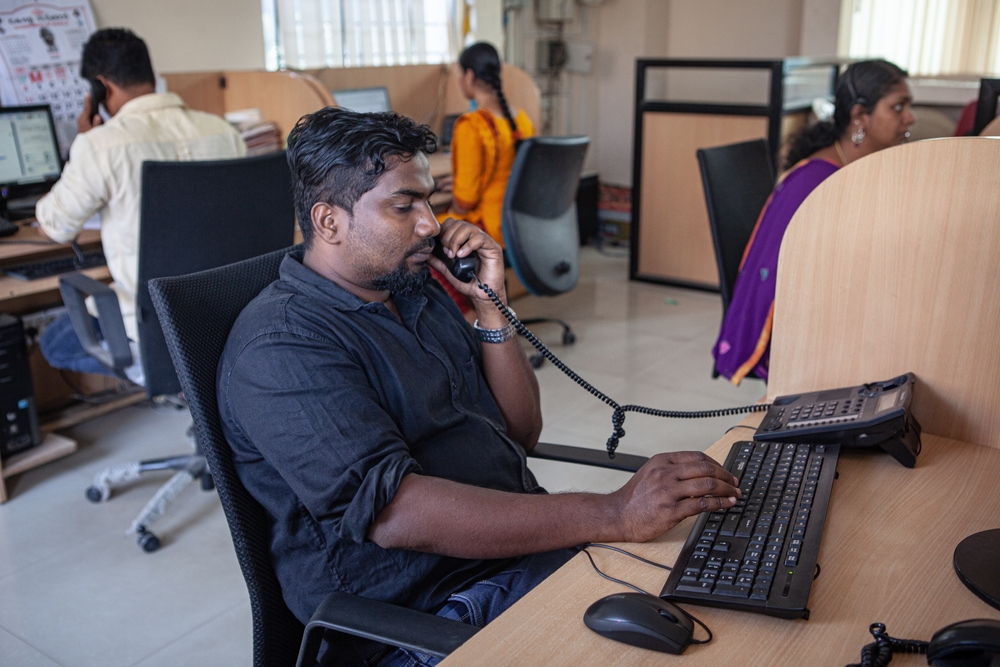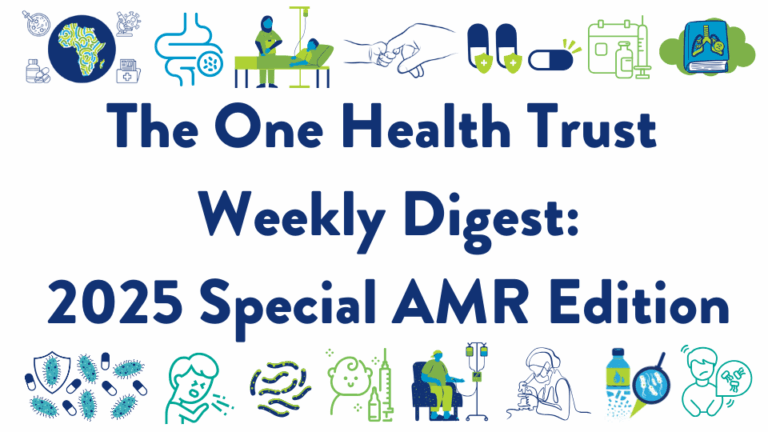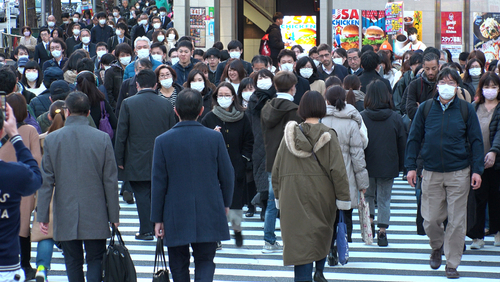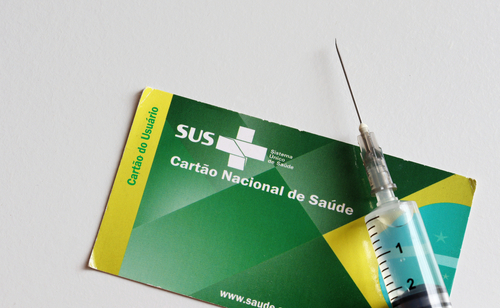January 04, 2021

COVID-19
COVAX announces additional deals to access promising COVID-19 vaccine candidates. As wealthier economies buy large quantities of COVID-19 vaccine, equitable distribution to low- and middle-income countries (LMIC) remains of great concern. COVAX is a global initiative to ensure fast and equitable access to vaccines for all countries regardless of income level. On December 18, 2020, COVAX announced arrangements to distribute two billion doses to 190 participating economies (98 high-income and 92 low- and middle income) through partnerships with vaccine manufacturers. Some of the two billion doses are of vaccines still under development, however, the deal included the delivery of at least 1.3 billion donor-funded doses of approved vaccines to the 92 participating LMIC in the first half of 2021. Through Research & Development partnership agreements, COVAX also secured first right of refusal to access potentially more than one billion doses, helping to guarantee equitable distribution. [WHO]
Maintaining Safety with SARS-CoV-2 Vaccines. Developing a vaccine against COVID-19 in less than a year was an incredible feat for science, however, this relatively short timeframe has raised some public concern. While side effects are expected with any vaccine, the spotlight on adverse effects to the COVID-19 vaccine – in particular allergic reactions – further increases public fear. Scientists discussed post-vaccine adverse events, specifically anaphylaxis, and potential mechanisms emphasizing that most allergic reactions to vaccines are caused by inactive ingredients. Polyethylene glycol (PEG) 2000, for example, is included in the COVID-19 vaccine; it has been associated with anaphylaxis and has not been included in any other vaccine in widespread use to date. Authors argue that continuing to track adverse events to COVID-19 vaccines and research into the mechanisms of toxicity is crucial for maintaining public confidence and minimizing vaccine hesitancy. [The New England Journal of Medicine]
Inclusion of pregnant women in COVID-19 treatment trials: a review and global call to action. While evidence suggests that the risks of intensive care unit (ICU) admission and ventilation are higher for pregnant women with COVID-19 compared to non-pregnant women with the disease, research on treatment for pregnant women is scarce, challenging development of clinical guidance. Researchers evaluated ten clinical trial registries at two different time points (April and July 2020) with the aim of quantifying the focus, inclusion, and exclusion of pregnant women in COVID-19 trials. In various searches with results ranging from 35-722 treatment studies, 74-80% explicitly excluded pregnant women and exclusion was not well justified for several studies. Given the fact that many of the evaluated treatments have no or low known adverse effects for pregnant women, authors argue that the inclusion of pregnant women in treatment studies is urgently needed to effectively treat this vulnerable population. [The Lancet Global Health]
The importance of seasonal influenza vaccination for people with disabilities during the COVID-19 pandemic. CDC officials discussed the need for equity in influenza vaccination among Americans with disabilities, particularly given this group’s vulnerability to severe COVID-19 infection. An estimated 25.7% of adults in the United States live with at least one disability, and the prevalence of developmental disabilities was about 17% among children aged 3-17 years in 2009-2017. The Advisory Committee on Immunization Practices routinely recommends annual influenza vaccination for all persons aged ≥6 months and emphasizes the importance of vaccinating high-risk populations, such as older adults, adults and children with chronic medical conditions, people with neurologic disorders, and residents of long-term care facilities. People with disabilities can face higher risks of exposure to infectious disease from caregivers or co-residents in group homes or long-term care facilities, and people who are deaf or blind face barriers to accessing health care. The authors suggest that greater access to drive-thru influenza vaccination may help people with disabilities and that educating administrators at vaccination sites about the needs of people with disabilities may increase their ability to serve all individuals. [Disability and Health Journal]
Exploring the effectiveness of a COVID-19 contact tracing app using an agent-based model. Contact tracing can be an effective component of broader strategies for reducing the spread of infectious diseases. One technological tool proposed to help curb the spread of COVID-19 is a contact-tracing smartphone app that alerts users when the smartphone of an infected individual is nearby. Mathematical models have previously suggested that such instantaneous contact tracing can achieve epidemic control of at least 60% if the population adopts the app. Researchers used an agent-based model to evaluate the effectiveness of a contact tracing app in containing disease spread by creating a synthetic population of 103,000 agents to represent the city of Glasgow, Scotland, and assuming that agents interacted with household members, relatives, work colleagues, classmates, and strangers at different rates. Notifications were sent to exposed agents when a symptomatic agent experienced symptoms or received a positive test result. When testing protocols prioritized symptomatic cases, higher levels of contact tracing app adoption lead to suppression of the virus in the model. However, notifications could result in a large number of asymptomatic individuals getting tested, restricting the available number of tests for symptomatic individuals when resources are limited. The researchers concluded that contact tracing apps could reduce the spread of COVID-19 by encouraging self-isolation of exposed individuals. [Scientific Reports]
Drug Resistance and Global Health
Antibiotic Stewardship in Pediatrics. In a policy statement to the journal of Pediatrics, the American Academy of Pediatrics elaborated on the rationale for inpatient and outpatient Antibiotic Stewardship programs (ASPs) aimed at reducing antibiotic overuse, recommended approaches to evaluate their effectiveness, and addressed gaps in knowledge that require further investigation. With regard to ASPs in the inpatient setting, the recommendations were that the ASPs included specialists with pediatric expertise (ideally a medical director and a clinical pharmacist), and that core interventions include clinical guidelines, prior approval, and post-prescription review and feedback. For the outpatient ASPs, the experts recommended to emphasize the use of the narrowest-spectrum antibiotics for the shortest duration of therapy needed for complete treatment, to focus on judicious use of antibiotics for acute respiratory tract infection, to refrain from prescribing antibiotics for urinary tract infections in the absence of a urinalysis and urine culture, and to judiciously diagnose acute otitis media, acute sinusitis, and group A streptococcal pharyngitis. [Pediatrics]
Trends in U.S. outpatient antibiotic prescriptions during the COVID-19 pandemic. A team of researchers investigated trends in outpatient antibiotic prescribing in the US by estimating the monthly number of patients that dispensed antibiotic prescriptions from retail pharmacies between January 2017-May 2020. The study revealed a decrease in the number of outpatients with antibiotic prescriptions from January to May 2020; the decrease from 20.3 to 9.9 million exceeded seasonally expected decreases by 33 percentage points and 6.6 million patients. Beyond seasonally expected decreases in antibiotic prescriptions among children were double the decrease in adults 20-64 years, with the greatest decrease being among children ≤4 years and for agents used for respiratory infections, dentistry, and surgical prophylaxis. The findings lead the authors to suggest that the excess reductions in antibiotic prescription could be attributed to mitigation measures related to the COVID-19 pandemic. [Clinical Infectious Diseases]
The impact of universal face masking and enhanced hand hygiene for COVID-19 disease prevention on the incidence of hospital-acquired infections in a Taiwanese hospital. Researchers in Taiwan investigated the impact of strict infection control measures such as respiratory and hand hygiene on the incidence rates of hospital-acquired infections (HAI) and multidrug-resistant organisms (MDRO) in a 1700-bed tertiary medical center. Comparison of consumption of personal prevention resources and the incidence density of HAI and MDRO infection from January to May in 2020 to baseline data in the same timeframe in 2018 and 2019 revealed no difference in the number of inpatient-days or overall HAI incidence density. However, the incidence of MDRO density such as carbapenem-resistant Acinetobacter baumannii and vancomycin-resistant enterococcus reduced significantly in 2020, and the reduction was inversely correlated to hand sanitizing using alcohol and other disease control measures. The authors concluded that since Taiwan did not experience a large COVID-19 outbreak and its associated overuse of antibiotics exerting selective pressure on MDRO, the enhanced COVID-19 prevention measures may have contributed to a reduction in MDRO infections. [International Journal of Infectious Disease
Estimating the cost of interventions to improve water, sanitation and hygiene in healthcare facilities across India. Although the adequate provision of water, sanitation and hygiene (WASH) is crucial to the appropriate practice of infection prevention and control (IPC) and reduction of the burden from healthcare-associated infections, coverage in healthcare facilities (HCF) in India remains low. CDDEP researchers surveyed 32 HCFs across India to obtain direct costs related to WASH interventions and IPC-supporting infrastructure. Additionally, they calculated the average costs and number of HCFs nationwide in need of these interventions. Approximately US$354 million in capital costs and US$289 million in recurrent costs were estimated as necessary to improve WASH across facilities in India for one year. The greatest costs were associated with interventions on water (US$238 million), linen reprocessing (US$112 million), and sanitation (US$104 million). The majority of the total costs (64.4%) would go towards rural HFCs and such investment in WASH improvements could represent an opportunity to address inequities in public healthcare financing. [BMJ Global Health]
Photo: Shutterstock












